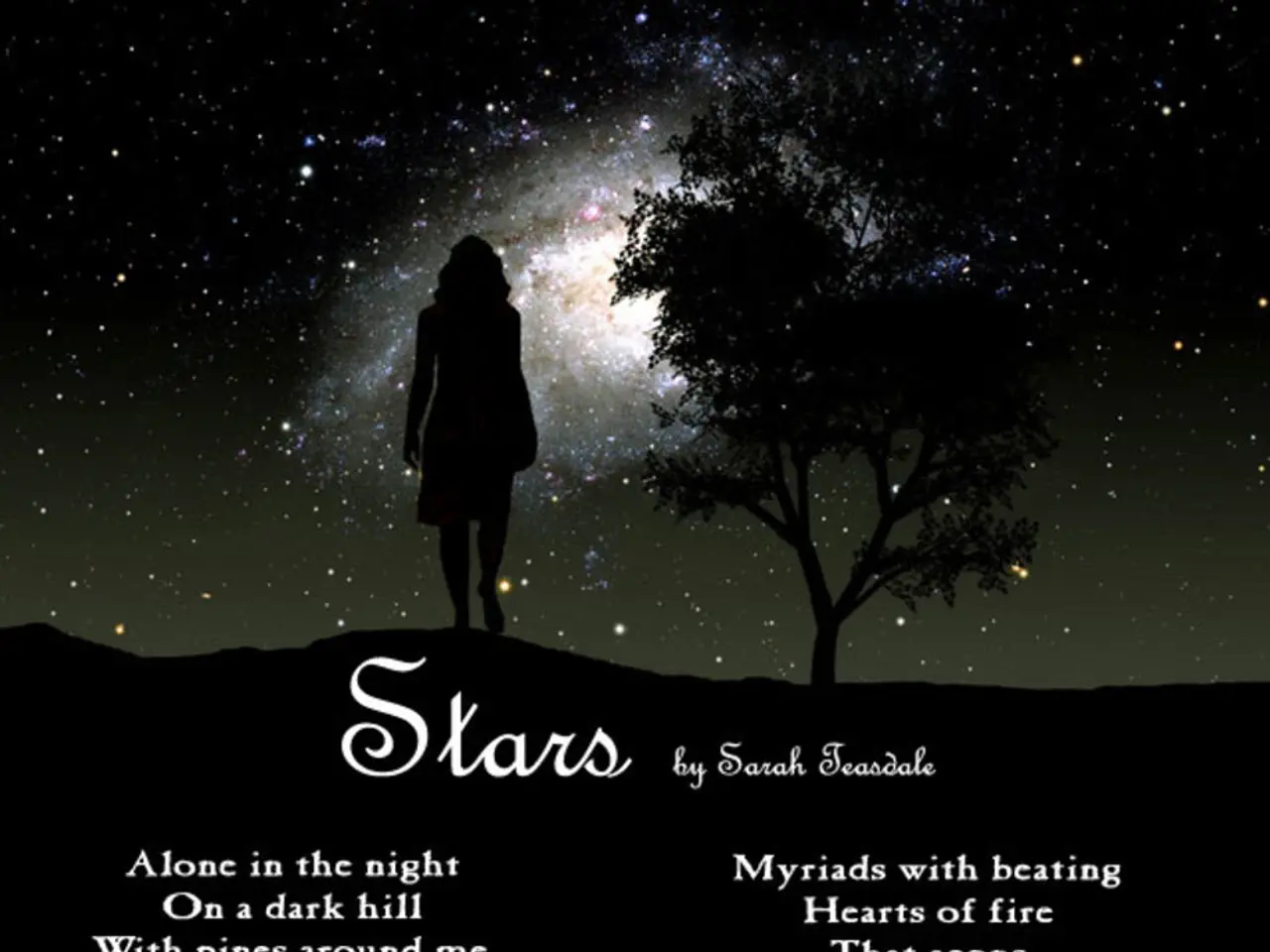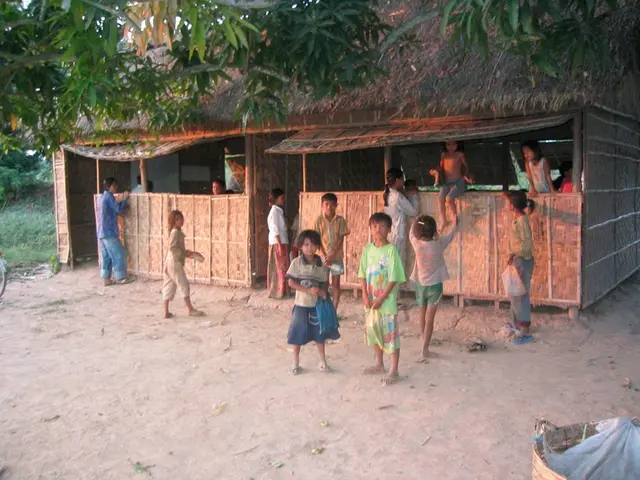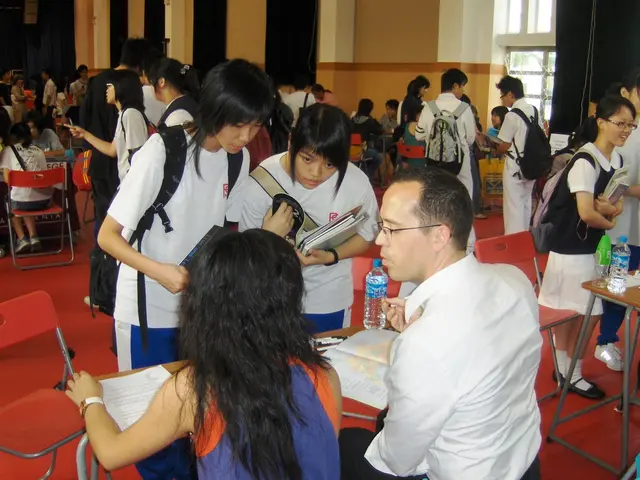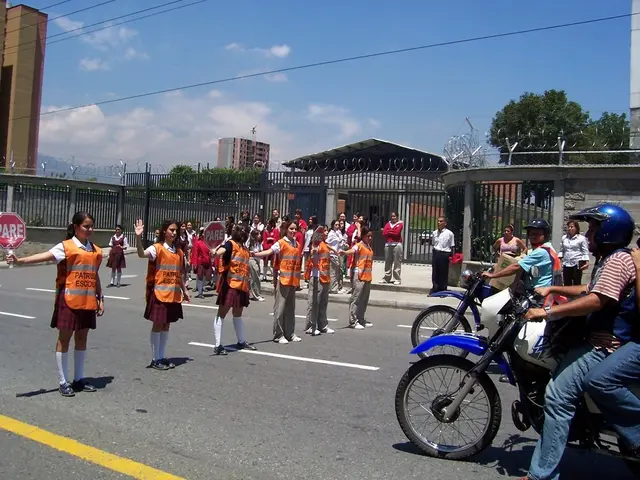Exploring the Mechanics of Verse
In the early 20th century, poetry began to break away from its traditional roots, with the modernist movement rejecting the idea that poetry should be elegant and beautiful. This shift marked the emergence of experimental prose poetry and the start of a journey that would lead to the development of performance poetry.
French poet Charles Baudelaire’s mid-19th-century prose poems challenged conventional norms, paving the way for writers like James Joyce and Gertrude Stein, who further pushed boundaries by blurring lines between prose and poetry in the 20th century.
Performance poetry, as an oral and performative form, developed alongside experimental art movements and performance art, which originated around 1916 parallel to Dadaism. This period emphasised conceptual art and rejected traditional aesthetics, often focusing on live experience rather than the final, static artistic product.
By the mid-20th century, movements like happenings and body art in the US and Europe introduced radical acts that blurred visual art, theater, and poetry into live performance formats. Artists such as Carolee Schneemann, Chris Burden, and Laurie Anderson incorporated the body, identity, and social themes into performances, paving the way for performance poetry’s evolving engagement with live audiences and social issues.
From the 1970s onward, performance poetry became widespread, influenced by the cultural and political upheavals of the time, including the civil rights and feminist movements. The emphasis shifted toward direct audience engagement, spoken word, and slam poetry, often reflecting personal and political themes with immediacy and theatricality.
In the 21st century, performance poetry continues to evolve with new media and interdisciplinary forms, merging traditional oral performance with digital platforms, video, and interactive formats. It engages global audiences and often addresses contemporary social and political concerns. It has also gained institutional recognition through poetry slams, festivals, and academic study, while still drawing on roots in avant-garde and performance art traditions.
Key Figures and Movements: - Early 20th century: Baudelaire, James Joyce, Gertrude Stein - 1910s–1960s: Dadaism, Tristan Tzara, Carolee Schneemann, Chris Burden, Laurie Anderson - 1970s–1990s: Slam poetry, feminist and civil rights influences - 21st century: Contemporary spoken word artists; performance poetry festivals and recordings
Today, poetry can be found in various settings such as bars, cafes, and schools, where poetry readings are held. Poetry slams provide a way to hear modern poets today, with some using an elimination system and a series of elimination rounds through which poets must progress. Modern poetry can be experienced through poetry slams, a competition where poets battle against one another and are judged on their poem performances.
Notable figures in the world of performance poetry include Bob Dylan, known for the poetic qualities of the lyrics he writes, and the beat poets, such as Allen Ginsberg and Jack Kerouac, who emerged from the postmodern movement, rebelling against mainstream society in their themes and styles.
In conclusion, performance poetry evolved from literary experimentation with prose poetry and the avant-garde, through the rise of performance art and theatrical happenings, to vibrant, socially engaged live performances today that often blend oral tradition with multimedia and technology.
Lifestyle today encompasses various venues like bars, cafes, and schools, where poetry readings and slam poetry competitions are held, offering a platform for modern poets to showcase their work. Fashion-and-beauty, food-and-drink, education-and-self-development, and entertainment can intersect with performance poetry scenes, as poets often reflect on contemporary social and political issues, thus engaging diverse audience demographics. Books, such as the works of key figures like Baudelaire, James Joyce, Gertrude Stein, Bob Dylan, and the beat poets, have contributed greatly to the history and evolution of performance poetry.




